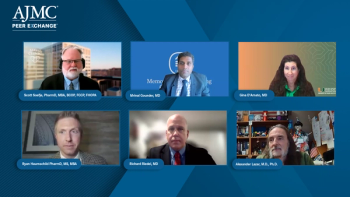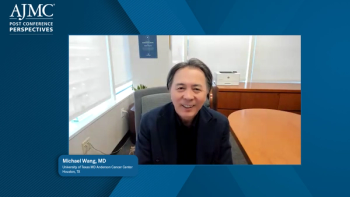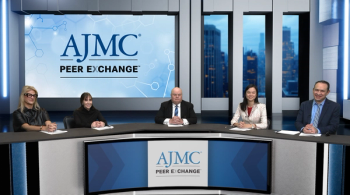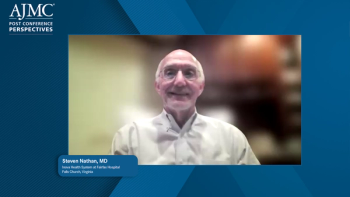
The Synergistic Approach: Exploring Potential for Combination Therapies in Fibrosis Control
Panelists discuss how emerging, better-tolerated oral therapies for idiopathic pulmonary fibrosis (IPF) and progressive pulmonary fibrosis (PPF) could improve patient adherence and simplify treatment regimens, potentially enabling combination approaches that target multiple disease pathways while reducing polypharmacy and health care costs.
Episodes in this series

Emerging agents for IPF and PPF have the potential to significantly reshape current treatment strategies. A major factor driving this change is the promise of improved patient adherence through better-tolerated medications with fewer adverse effects. Given that many patients are already on background therapies, integrating new drugs that are easier to take—such as once- or twice-daily oral pills—could simplify regimens, enhance compliance, and ultimately improve clinical outcomes. Long-term studies are underway to better understand how these drugs perform beyond the initial 60-week period, which will provide more insight into their sustained benefits and safety profiles.
An exciting theoretical advantage of these new agents lies in their immunomodulatory properties, which might reduce the need for additional immunosuppressive medications in patients with complex or mixed fibrotic and inflammatory lung diseases. This could streamline treatment plans, allowing a single drug to address multiple disease aspects—lung fibrosis, joint symptoms, or systemic inflammation—thus potentially reducing polypharmacy and the risks associated with it. Simplifying therapy not only benefits patients by minimizing pill burden but may also lower health care costs, making treatment more accessible and manageable.
Looking forward, combination therapy could become a key strategy in transforming the IPF and PPF treatment landscape. While the current goal is to slow disease progression, the hope is that future treatments may eventually halt or even reverse fibrosis. Although multiple drugs used together will require careful study, stacking agents with complementary mechanisms might improve patient outcomes. Moreover, treatments that patients tolerate well and feel better taking could enhance adherence, making expensive medications more cost-effective by ensuring they are actually used as prescribed. This represents an exciting shift toward more personalized, effective care for fibrotic lung diseases.
Newsletter
Stay ahead of policy, cost, and value—subscribe to AJMC for expert insights at the intersection of clinical care and health economics.







































